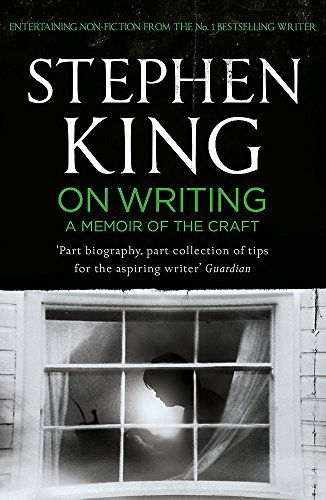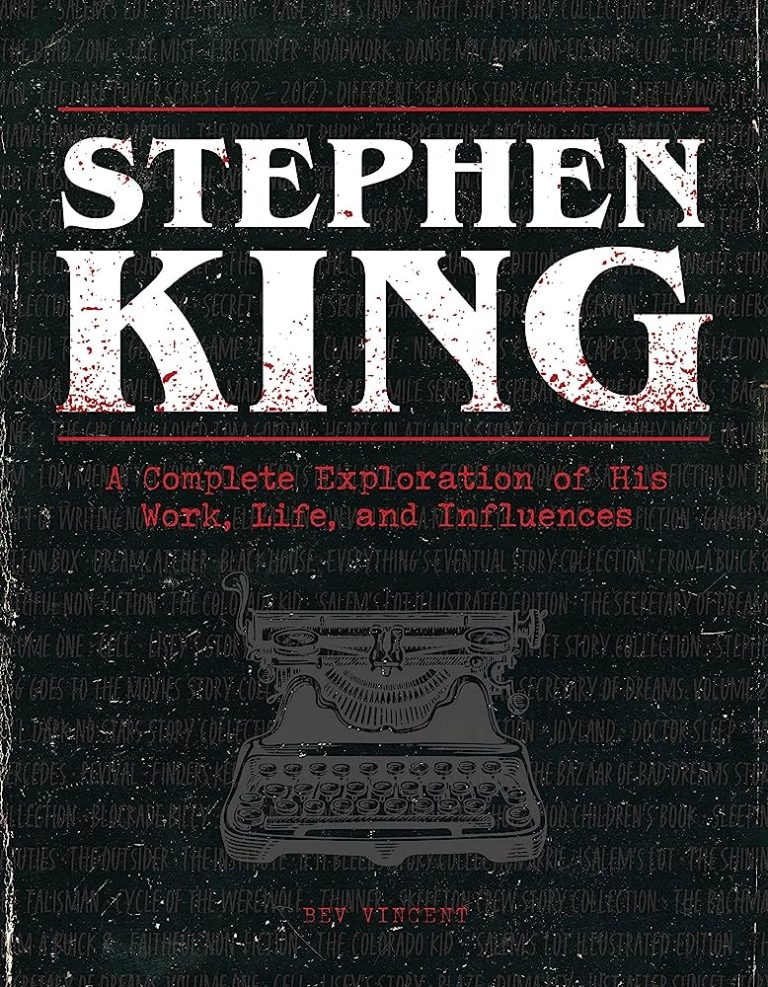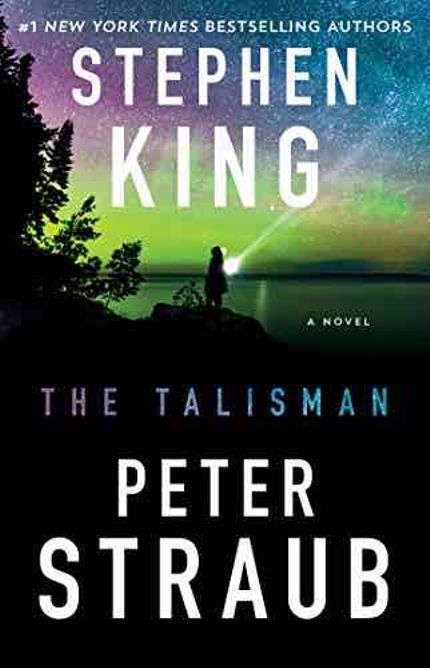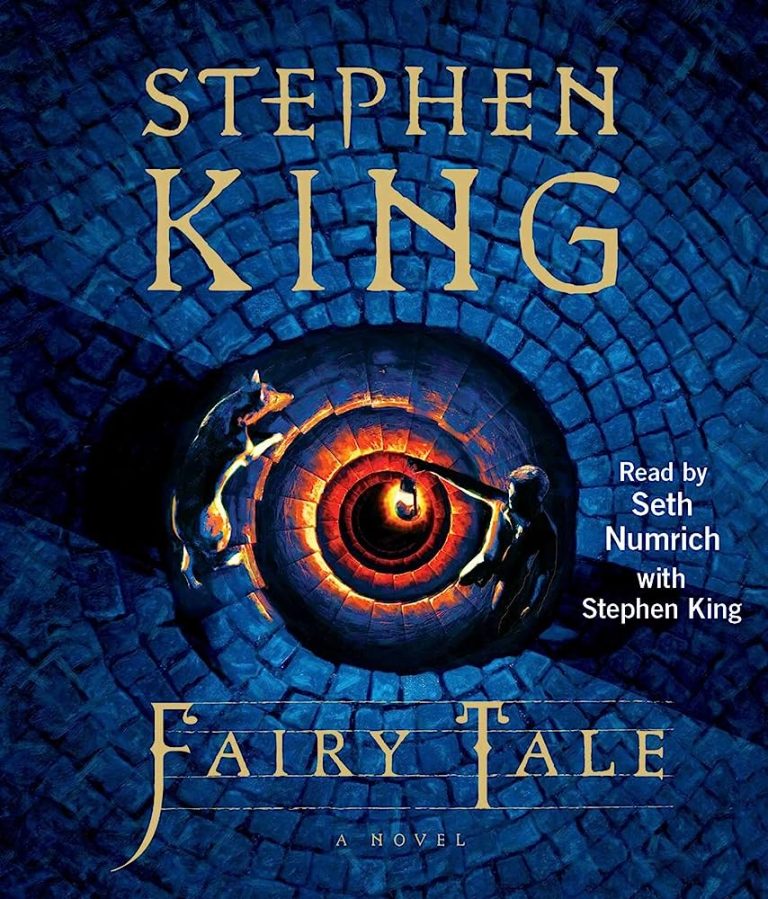The Literary Craftsmanship Of Stephen King: Writing Techniques In His Books
Stephen King, the master of horror and suspense, has captivated readers for decades with his compelling storytelling and unique writing style. In this article, we will dive into the literary craftsmanship of Stephen King, focusing on the writing techniques he employs in his books. From his vivid descriptions to his ability to create realistic characters, King’s writing is a true art form that continues to resonate with readers around the world.
When it comes to writing techniques, Stephen King is a true maestro. He has an uncanny ability to transport readers into his fictional worlds, making them feel as though they are right there alongside the characters. Whether it’s through his use of sensory details or his skillful manipulation of pacing, King knows how to keep readers on the edge of their seats. In this article, we will explore some of the key techniques that make King’s writing so effective and unforgettable.
So, grab your favorite Stephen King novel and get ready to embark on a journey through the literary genius of one of the greatest storytellers of our time. Whether you’re a die-hard fan or just curious about the secrets behind King’s success, this article is sure to provide you with insights and inspiration. Get ready to be amazed by the literary craftsmanship of Stephen King and discover the techniques that have made him a true icon in the world of literature.

The Literary Craftsmanship of Stephen King: Writing Techniques in His Books
Stephen King is a master of the written word, captivating readers with his unique storytelling abilities and vivid imagination. His books have become literary classics, loved by millions around the world. In this article, we will explore the literary craftsmanship of Stephen King and delve into the writing techniques he employs to create such engaging and suspenseful stories.
The Power of Characterization
One of Stephen King’s greatest strengths as a writer is his ability to create compelling and memorable characters. Each character in his books is carefully crafted, with a depth and complexity that draws readers in and makes them feel a connection to the story. King’s characters are not just archetypes or stereotypes; they are real people with flaws, fears, and desires.
King often uses a combination of internal and external conflicts to develop his characters. He explores their inner thoughts and struggles, allowing readers to understand their motivations and empathize with their choices. Whether it’s a troubled writer in “Misery” or a group of children facing a malevolent clown in “It,” King’s characters come to life on the page, leaving a lasting impression on readers.
Additionally, King excels at creating realistic dialogue that captures the unique voices of his characters. Each character has their own distinct way of speaking, adding authenticity to the story. This attention to detail in characterization is one of the reasons why Stephen King’s books are so beloved.
The Art of Suspense
Stephen King is a master of suspense, keeping readers on the edge of their seats throughout his novels. He skillfully builds tension by slowly revealing information and escalating the stakes. King understands that suspense is not just about shocking twists and turns, but about creating a sense of anticipation and dread.
One of the techniques King employs to create suspense is the use of foreshadowing. He drops subtle hints and clues throughout the narrative, building a sense of unease and anticipation in the reader. This technique keeps readers engaged and invested in the story, eagerly turning the pages to find out what will happen next.
Another technique King uses is the art of pacing. He knows when to slow the narrative down, allowing readers to catch their breath, and when to ramp up the action, keeping them hooked. This careful balance of tension and release is crucial in creating a suspenseful reading experience.
Moreover, King often explores the dark side of human nature in his books, tapping into universal fears and anxieties. By tapping into these primal emotions, he creates a sense of unease that resonates with readers on a deep level. It is this ability to tap into our collective fears that sets Stephen King apart as a master of suspense.
The Importance of Setting
Stephen King’s books are not just about the characters and the plot; the setting also plays a crucial role in his storytelling. King has a knack for creating vivid and atmospheric settings that become almost like characters themselves.
Whether it’s the small town of Derry in “It” or the haunted hotel in “The Shining,” King’s settings come alive on the page. He pays attention to intricate details, painting a picture of the world his characters inhabit. This attention to setting enhances the overall reading experience, immersing readers in the story.
King often draws inspiration from his own experiences and surroundings when creating his settings. His deep knowledge and understanding of the places he writes about add a layer of authenticity to his storytelling. Whether it’s the rural landscape of Maine or the bustling streets of New York City, King’s settings are richly textured and believable.
The Role of Symbolism
Symbolism is another powerful tool in Stephen King’s literary arsenal. He uses symbolic imagery to convey deeper meanings and themes in his books. From recurring motifs to subtle references, King weaves symbolism into his narratives, inviting readers to engage with the story on a deeper level.
One example of symbolism in King’s work is the recurring theme of monsters. In many of his books, the monster represents more than just a physical threat; it symbolizes the darker aspects of human nature. By using symbolism, King adds layers of meaning to his stories, allowing readers to explore themes such as fear, guilt, and redemption.
Additionally, King often incorporates elements of the supernatural into his narratives. These supernatural elements serve as symbolic representations of the characters’ internal struggles and fears. By using symbolism in this way, King elevates his storytelling and creates a more profound impact on readers.
In conclusion, Stephen King’s literary craftsmanship is truly remarkable. His ability to create compelling characters, build suspense, and craft atmospheric settings sets him apart as one of the greatest storytellers of our time. Through his use of characterization, suspense, setting, and symbolism, King captivates readers and leaves a lasting impression. Whether you’re a fan of horror or not, there is no denying the power and artistry of Stephen King’s writing techniques in his books.
Key Takeaways: The Literary Craftsmanship of Stephen King
- Stephen King uses vivid descriptions to bring his characters and settings to life.
- He creates suspense by building tension and leaving readers in suspenseful cliffhangers.
- King excels at developing complex and relatable characters that readers can connect with.
- His use of foreshadowing keeps readers guessing and adds an element of mystery to his stories.
- King’s storytelling often explores deeper themes and societal issues, giving his books a thought-provoking quality.
Frequently Asked Questions
1. What are some of the writing techniques used by Stephen King in his books?
Stephen King is known for his mastery of various writing techniques that make his books captivating and thrilling. One of the techniques he often employs is vivid and descriptive imagery. King has a unique ability to paint a vivid picture in the reader’s mind, using detailed descriptions that evoke all the senses. This helps to create a more immersive reading experience and allows readers to fully immerse themselves in the world he has created.
Another technique King utilizes is the art of suspense. He expertly builds tension throughout his narratives, keeping readers on the edge of their seats and eager to turn the page. Whether it’s through foreshadowing, cliffhangers, or unexpected plot twists, King knows how to keep readers in suspense and engaged in the story.
2. How does Stephen King create well-developed and relatable characters in his books?
Creating well-developed and relatable characters is one of Stephen King’s strengths as a writer. One technique he employs is giving his characters distinct and unique voices. Each character has their own personality, speech patterns, and quirks, which makes them feel like real individuals rather than mere caricatures.
Additionally, King delves deep into the inner thoughts and emotions of his characters, allowing readers to truly understand their motivations and fears. By tapping into the human psyche, King is able to create characters that readers can relate to and empathize with, making them more invested in the story.
3. How does Stephen King use dialogue effectively in his books?
Dialogue plays a crucial role in Stephen King’s books, and he uses it effectively to drive the plot forward and reveal important information about the characters. One technique he employs is naturalistic dialogue. King’s characters speak in a way that feels authentic and true to life, using colloquialisms, slang, and interruptions to mimic real conversations.
In addition, King uses dialogue to reveal the characters’ personalities and motivations. Through their conversations, readers gain insights into their relationships, conflicts, and desires. By using dialogue strategically, King keeps the story dynamic and engaging, while also shedding light on the characters’ inner worlds.
4. How does Stephen King create a sense of atmosphere in his books?
Stephen King is a master at creating a sense of atmosphere in his books, which greatly contributes to the overall mood and tone of his stories. One technique he utilizes is setting description. King meticulously describes the physical surroundings, whether it’s a small town, haunted house, or a desolate landscape. This attention to detail helps to transport readers into the world of the story and immerse them in its atmosphere.
Furthermore, King often incorporates elements of the supernatural or the unknown, which adds a sense of unease and mystery to the atmosphere. By combining vivid setting descriptions with elements of the unknown, King creates a rich and immersive atmosphere that resonates with readers long after they’ve finished the book.
5. How does Stephen King effectively build suspense and tension in his books?
Building suspense and tension is one of Stephen King’s trademarks as a writer. One technique he uses is pacing. King knows how to control the rhythm of his narratives, alternating between moments of calm and moments of high intensity. This creates a rollercoaster effect, with periods of anticipation followed by explosive action or shocking revelations.
Additionally, King often employs foreshadowing to hint at future events and create a sense of anticipation. By dropping subtle clues throughout the story, he keeps readers guessing and eager to uncover the mysteries that lie ahead. Combined with his knack for unexpected plot twists, King’s use of suspense and tension keeps readers hooked from beginning to end.
Stephen King on writing; why he never uses a notebook and other tips from the top!
Final Summary: Stephen King’s Literary Craftsmanship
Stephen King, the master of horror and suspense, has captivated readers for decades with his exceptional literary craftsmanship. Through his unique writing techniques, he has created a world where readers can immerse themselves in chilling tales and unforgettable characters. From his mastery of storytelling to his ability to create vivid imagery, King’s writing has left an indelible mark on the literary landscape.
One of the key elements of King’s writing is his ability to build suspense and tension. Through his use of descriptive language and carefully crafted pacing, he keeps readers on the edge of their seats, eagerly turning pages to unravel the mysteries of his stories. Whether it’s the gradual buildup of suspense or the sudden shock of a terrifying revelation, King knows how to manipulate emotions and keep readers hooked.
Another hallmark of King’s writing is his ability to create realistic and relatable characters. From the troubled writer in “The Shining” to the resilient children in “It,” King’s characters are flawed yet compelling, making them easy to connect with. Through his attention to detail and deep understanding of human nature, he brings his characters to life, making them feel like old friends or dreaded enemies.
In conclusion, Stephen King’s literary craftsmanship is truly exceptional. His ability to build suspense, create memorable characters, and weave intricate plots has solidified his place as one of the greatest authors of our time. Whether you’re a fan of horror or not, it’s impossible to deny King’s influence on the world of literature. So, grab one of his books, brace yourself for a thrilling journey, and experience the magic of Stephen King’s writing for yourself.






